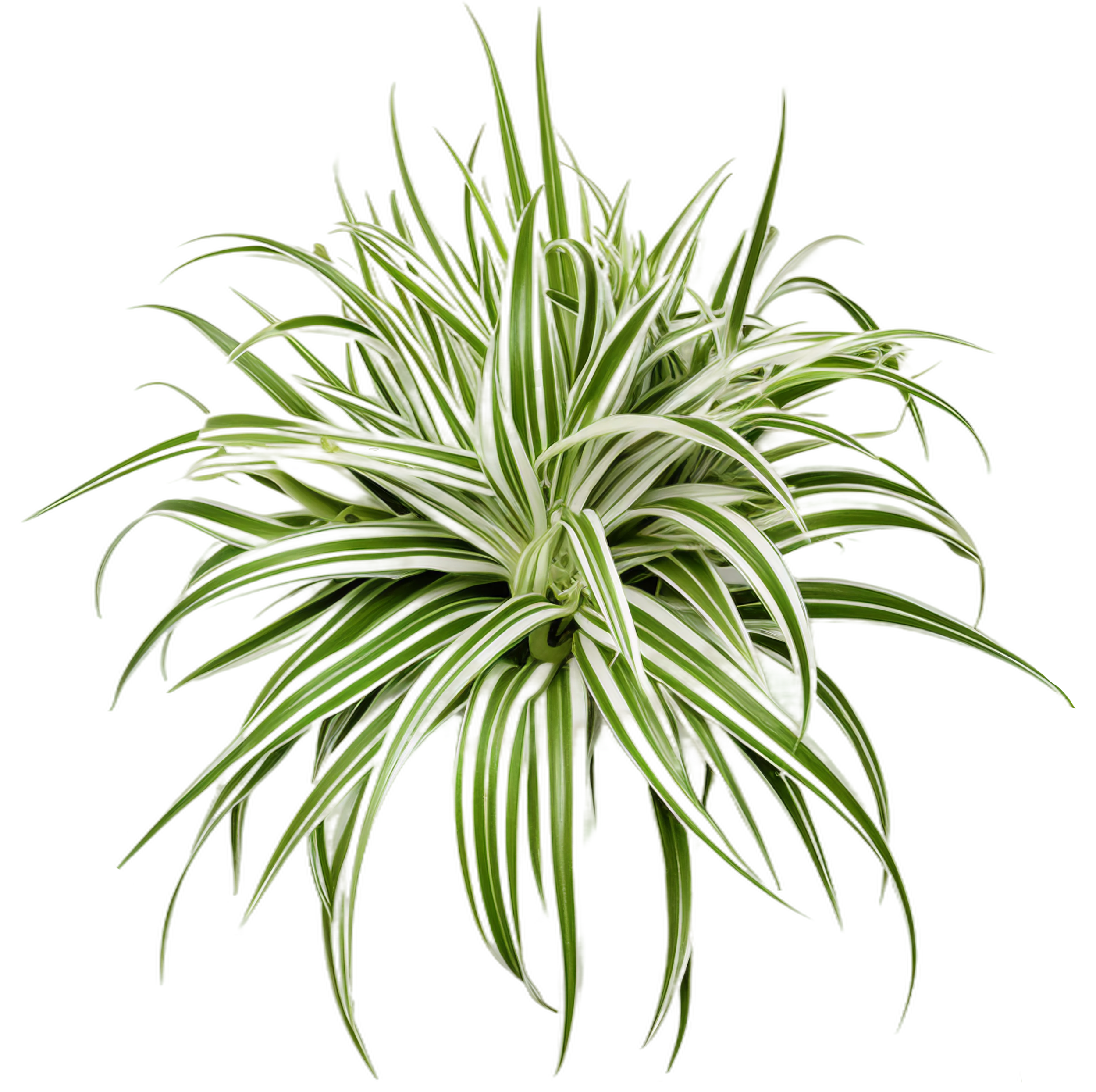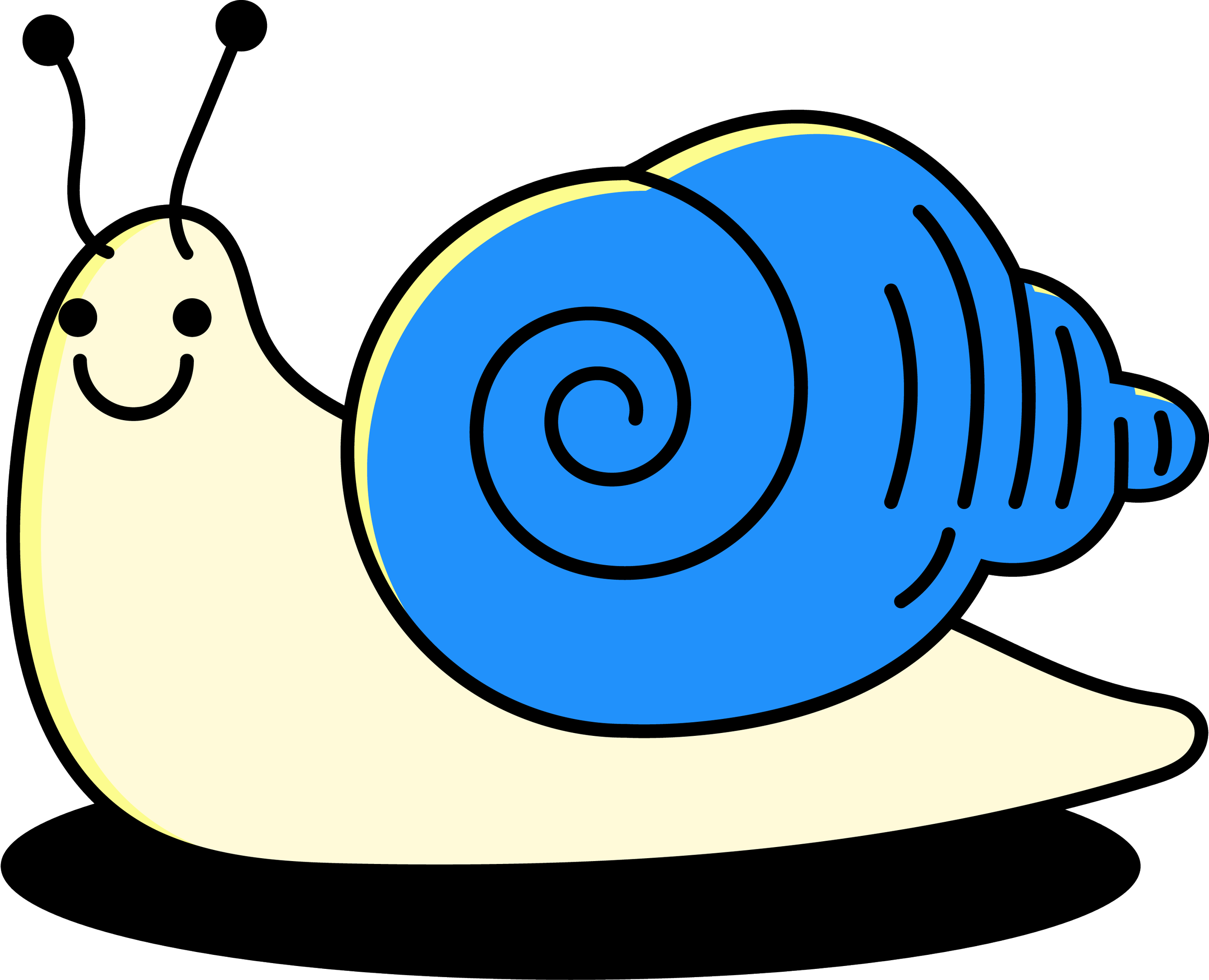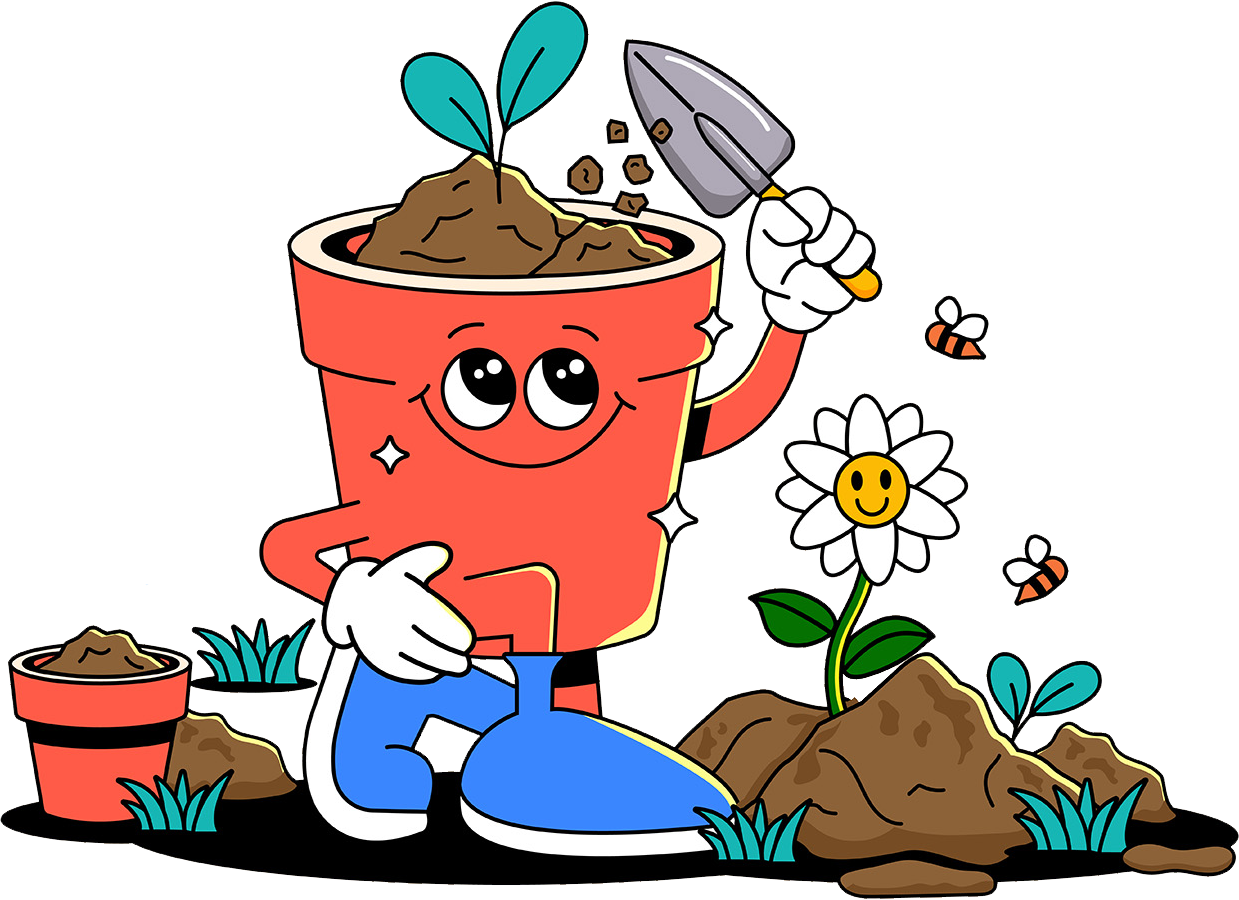INDIRECT SUN
Keep in bright, indirect light
☀︎ Avoid harsh sun ☀︎
A little gentle sun is okay, but keep it away from harsh rays to avoid leaf scorch. It can also survive in lower light, but may not produce as many spiderettes.
water when dry
Water when top inches of soil are dry
Not too soggy, not too dry. Spider plant wants that sweet spot. It is, however, more forgiving if you forget to water.
Overwatering can lead to root rot. Make sure its pot has good drainage.
Spider plant does well in moderate humidity. Indoor humidity should be enough, but it also welcomes a humidity boost. Consider using a humidifier every so often if you have one!
To mist or not to mist? Before you reach for the spray bottle, read The Misting Myth.
soil needs
Spider plant digs a light, well-draining mix that holds a bit of moisture without getting soggy.
When choosing a potting mix for spider plant, look for mixes that include:
ᯓ Perlite ᯓ
Improves drainage and prevents waterlogging.
ᯓ Coco Coir ᯓ
Helps hold moisture without making the soil too wet.
Common Issues
-
A possible sign of overwatering. Soil that has been overwatered can lead to root rot.
Remove affected leaves. Cut back on waterings.
If issue persists or you suspect root rot: remove from pot, trim away dead, mushy roots, and repot in fresh soil.
-
Likely caused by low humidity or tap water chemicals.
Try boosting humidity levels with a humidifier and switch to a filtered or distilled water.
-
A sign of not enough sunlight.
For a stronger color (+ a higher chance of spiderette growth) move to a brighter spot.
-
Commonly due to soil kept too dry or rootbound conditions.
Regularly check the soil moisture and water when the top few inches feels dry. Also be mindful if it’s time to repot into a slightly larger container.
Sometimes issues can be the result of a pest infestation. Make sure to watch out for these creepy crawlers:
𖢥 Aphids
Pet Safe
Spider plant is a non-toxic plant that is considered a safe plant to grow indoors or outdoors in pet-friendly spaces.









